
companies of high power drone motors for fixed-wing UAVs to police,mapping,surveying, petroleum! suppliers of best price of UAV lithium ion batteries with camera for transport,plant protection in china.
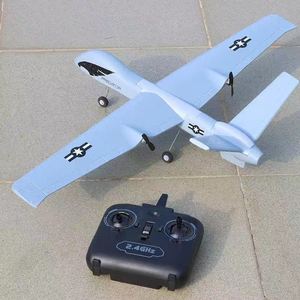
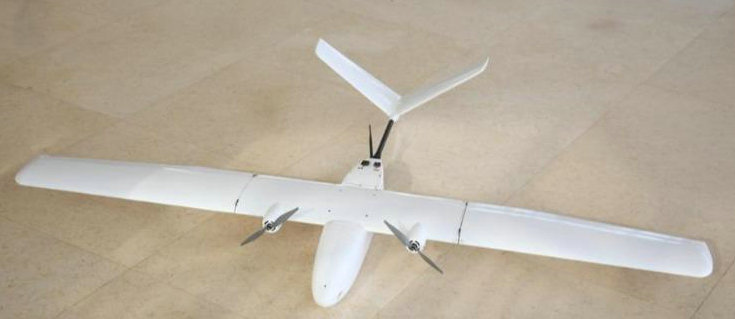
the drone power systems, like other aircraft, is responsible for providing the energy required to operate the various components of the drone, including the propulsion system, avionics, sensors, communication systems, and other onboard electronics. most small to medium-sized consumer drones use rechargeable lithium-polymer or lithium-ion batteries as their primary power source. These batteries provide a high energy-to-weight ratio and are well suited for electric propulsion.
larger, more specialized drones, especially those used for long-endurance or heavy-duty applications, may use internal combustion engines or other types of fuel sources, such as gasoline or hydrogen fuel cells. some drones employ hybrid power systems, combining electric and internal combustion engines or other energy sources. these systems are often used for long endurance drones, such as fixed wing drones.
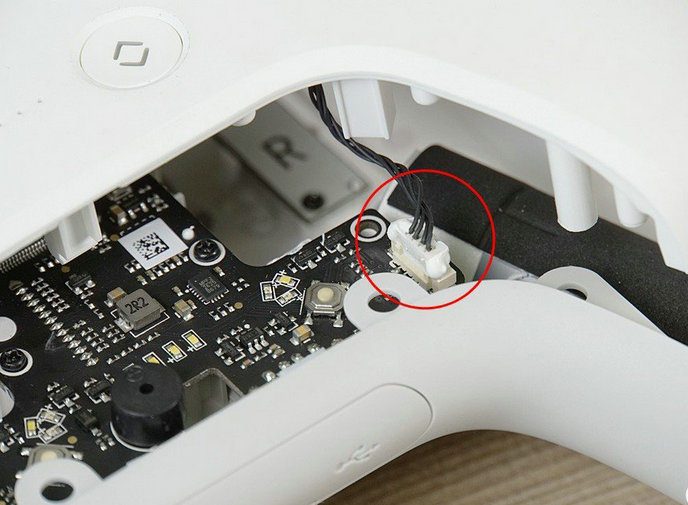
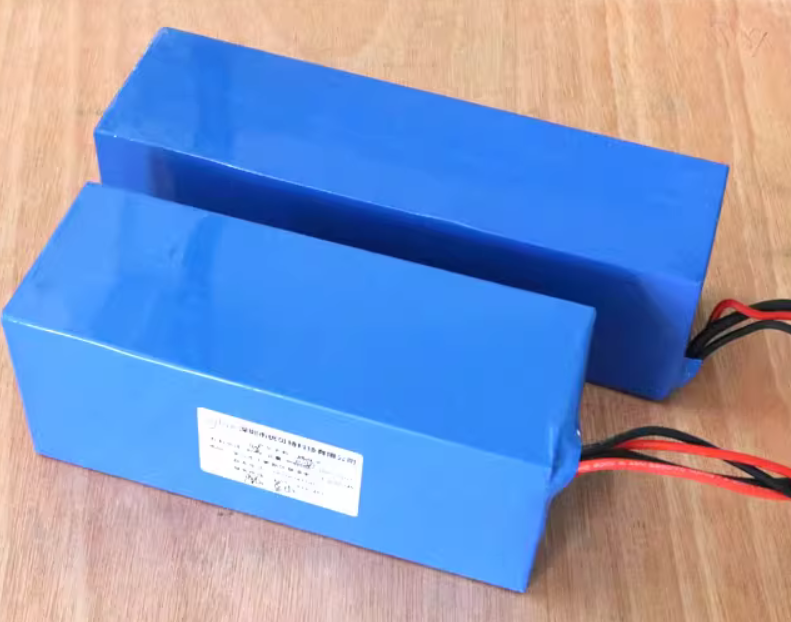
the choice of power source and system design depends on the type of drone and its intended application. small consumer drones rely on lightweight and rechargeable batteries, whereas larger, more specialized drones may use a variety of power sources to meet specific performance and endurance requirements. In all cases, the power system plays a fundamental role in determining the drone's flight time, payload capacity, and overall performance.
In electric drones that use batteries, a battery management system is essential for monitoring and managing the battery's state, including cell voltages, temperature, and charge/discharge rates. the battery management system helps optimize battery life and ensures safe operation. the power distribution system distributes electrical power from the battery to the various components of the drone, including the flight controller, motors, sensors, cameras, and communication systems.
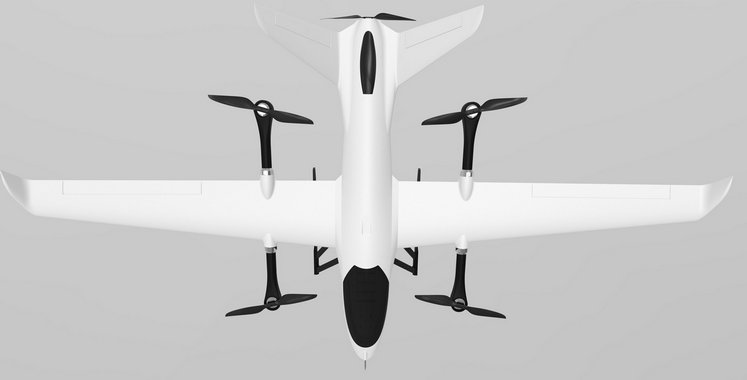
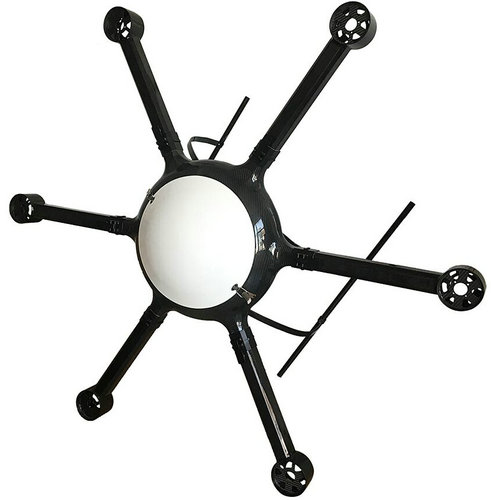
electric drones use electric motors to drive their propellers, which generate thrust to lift the drone off the ground and provide propulsion. the motors are powered by the energy supplied by the battery. regulators and converters are used to regulate the voltage supplied to different components of the drone. they ensure that each component receives the appropriate voltage for its operation.
the drone's power system also includes components for charging the battery. charging can be performed using an external charger or an onboard charging system. energy management systems help optimize energy use and extend flight time. in critical applications, drones may include redundancy and fail-safe mechanisms in their power systems. for instance, drones might have redundant batteries or power sources to ensure continued operation in case of a component failure.
real time monitoring of the power system is crucial for ensuring safe and efficient drone operation. sensors and software can help monitor battery health, estimate remaining flight time, and trigger low-battery warnings to the operator.
- home
- products
- contact
- equipments
- UAV
- camera drones
- fixed wing UAV 200
- VTOL aircrafts 220
- hand-throwing fixed-wing UAVs
- quadcopter drones 820
- huge hexacopter UAVs 1550
- big hexacopter UAVs 1100
- drone PCB
- mini drones 180
- PTZ gimbals
- hydrogen powered drones
- drone LiDAR cameras
- FPV drones
- drone hangar
- underwater robotics
- unmanned helicopters
- drone swarms
- aerial photography drones
- agriculture drones
- inspection drones
- police drones
- emergency drones
- logistics drones
- mapping drones
- mining drones